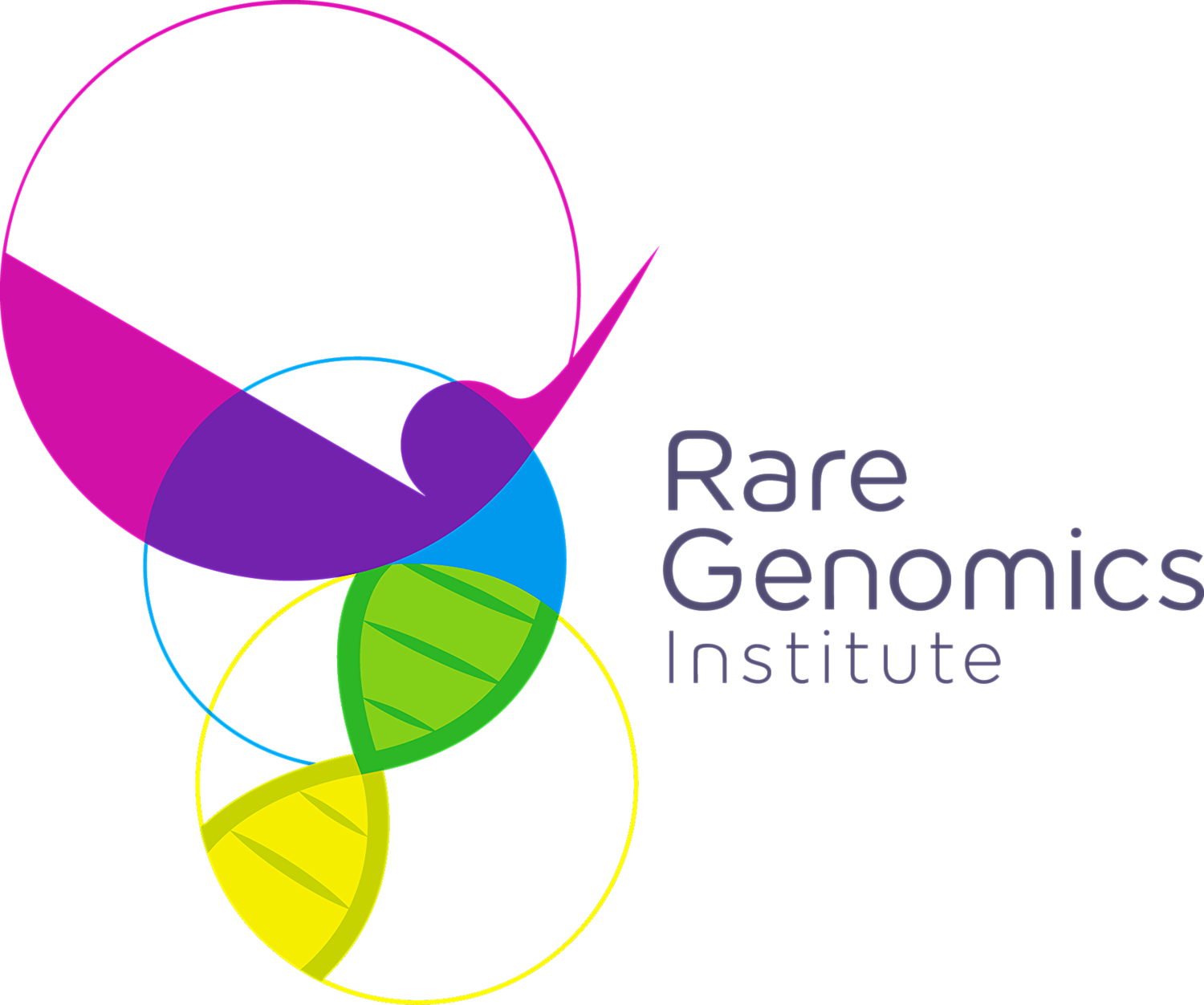Personalized Medicine and Rare Disease
/For those with a rare disease but without a diagnosis, almost all medicine is “precision medicine.” Whatever drugs or treatments they take are flexible if the patient or their doctors think that the symptoms could be treated with better drugs. In many cases genome sequencing allows for more specific and personalized treatments, and precision medicine has many applications.
In cancer treatment precision medicine means changing the drugs used in chemotherapy not only based on the type of cancer, but based on the mutations that make the cancer dangerous. In drug development, precision medicine means finding new drugs that act as “keys” to certain “locks” in the body. In someone with a rare disease, a diagnosis could lead to a life-changing treatment. But for many, science has not yet found a cure.
Without knowing the cause of the disease, it can be risky to decide which treatments to try on a patient. Sometimes, patients and doctors have no choice but to guess and check. Often patients and their doctors go through the complicated process of reverse engineering a treatment based on whether drugs provide relief or not. For example, if your muscles don’t function properly, there could be many things wrong at the cellular level. Drugs that target the nerve interacting with the muscle might not work, but drugs that target the muscle cells might. With this information, you know a little bit more about the disease, but it can months or years to settle on an optimal treatment with this method.
For some patient’s with rare diseases, genome sequencing opens the door for treating the exact cause disease, not just the symptoms. Continuing the example from above, something as complicated as your muscles could have dozens of reasons for not working properly. If a diagnosis pointed to a malfunctioning protein, treatment could be targeted around that protein. This approach of finding targetable defects has been used successfully in cancer patients.
Precision medicine is being increasingly utilized in cancer treatment. Doctors may request that genome of someone’s tumor be sequenced, to see if a silver-bullet medication is available. This would allow them to avoid using chemotherapy. Cancer is caused by genetic mutations, so sequencing can give doctors important information about how the cancer might develop and behave with certain treatments.
Research into cancer genomes is at the forefront of modern efforts to study and cure cancer. Once sequenced, the mutations in a patient’s cancer can be compared to those in a large database built by researchers. This could yield insight into treatment; some cancer drugs work better against specific mutations, and some treatments are ineffective for similar reasons. If applicable, the chemotherapy doses, timing, and even the drugs involved can be adjusted for the best results.
For some types of cancer, the risk of getting a tumor is hereditary. Genes that normally suppress tumor growth can be mutated, and passed on each generation. Genome sequencing can reveal inherited mutations such as these. Especially for those with a prominent family history of a certain cancer, sequencing can help a patient make informed decisions about their lifestyle. These patients will have informed discussions with their doctors about the prohibitive measures they should undertake, and what they would want in the event that they do get cancer. Often patients who know that they are at risk will have frequent screenings for tumors and stay away from habits like smoking, which can further increase their risk.
Another aspect of precision medicine is drug development. Developing new drugs is very difficult, expensive, and time consuming. Researchers might go through millions of compounds before finding a very specific “key” to a target enzyme’s “lock.” Even when this search is aided by computer modeling, which shows scientists the shape of the enzyme and possible drug compounds that could fit inside, finding even one possible drug is a daunting task.
Once a research team finds a few compounds that can block the targeted enzyme, they are tested for safety, and eventually are given to humans in a clinical trial. This development process takes a lot of time and resources as tests slowly scale up in size from a petri dish to a human being. After years of these tests the drug may go to clinical trial, where patients can sign up to participate in a study of the drug’s effectiveness. Years and many more tests after this the drug may get government approval and released to the general public. If the drug is safe, and works well, it may be approved for clinical use by the FDA.
Some of the bottlenecks for precision medicine include the cost, as well as privacy concerns. These designer drugs are usually only effective for a small cohort of patients, so to recover costs put into developing the drug, a pharmaceutical company may charge much higher prices than for other medicines. Also, like other health data, genetic information is private information, so security must be maintained for all patients.
While Rare Genomics mainly helps people get their exomes sequenced, they also seek to form communities of patients with rare diseases to share their experiences and scientific information. Along with other partners, RG makes information more accessible to patients with rare diseases and their families and seeks to support them post-diagnosis through programs like RareREACH and Rare Share.
Precision medicine was a science fiction goal of the future a short time ago. Today the practice helps countless patients receive higher quality care. With genome sequencing, precision medicine has expanded its reach and shown its potential, and with new technologies constantly in development, I wouldn’t be surprised if it could do even more.
